Mold growth in the bathroom can be a common and persistent problem, especially on the ceiling where moisture tends to accumulate. Not only is mold unsightly, but it can also pose health risks. In this comprehensive guide, we will explore effective methods to remove mold from your bathroom ceiling and discuss preventive measures to keep it from coming back.
Understanding Mold Growth:
Mold thrives in damp and humid environments, making bathrooms an ideal breeding ground. Common causes of mold growth on bathroom ceilings include inadequate ventilation, leaky roofs, plumbing issues, or simply high humidity levels. It’s crucial to address the root cause to prevent mold from returning.
Step-by-Step Mold Removal Process:
Safety First:
Prioritize safety by donning protective gear to prevent skin and respiratory irritation. Equip yourself with gloves, goggles, and a mask before starting the mold removal process. Additionally, ensure adequate ventilation in the bathroom by either opening windows or using a fan. Proper ventilation helps disperse any fumes from cleaning solutions and promotes a healthier environment during the mold removal procedure. Always prioritize safety precautions to safeguard your well-being while addressing mold issues in your bathroom.
Identify the Cause:
Inspect your bathroom for leaks, condensation, or poor ventilation. Fix any issues to prevent future mold growth.
Prepare the Cleaning Solution:
Mix a solution of water and bleach or hydrogen peroxide. Alternatively, you can use a natural solution by combining vinegar, baking soda, lemon juice, and a few drops of essential oil.
Apply the Cleaning Solution:
To apply the cleaning solution, dip a scrub brush or sponge into the prepared mixture. Ensure that the brush or sponge is fully saturated with the cleaning solution. Once ready, gently scrub the areas of the bathroom ceiling affected by mold. Use circular or back-and-forth motions to work the solution into the mold-infested areas. Pay extra attention to stubborn spots, applying a bit more pressure if needed. Continue this process until you’ve covered all the affected areas on the ceiling. Be thorough to ensure the cleaning solution effectively reaches and treats the mold.
Let it Sit:
Allow the cleaning solution to sit on the affected areas for at least 10-15 minutes. This helps break down and kill the mold.
Scrub Again:
Scrub the area once more to ensure thorough removal of the mold. Rinse the brush or sponge regularly.
Rinse and Dry:
Rinse the ceiling with clean water to remove any residue. Dry the area completely to discourage further mold growth.
Preventive Measures:
Improve Ventilation:
Install or upgrade your bathroom exhaust fan to enhance air circulation and reduce humidity.
Fix Leaks:
Promptly repair any leaks in the roof, plumbing, or bathroom fixtures to eliminate potential moisture sources.
Use Mold-Resistant Paint:
Consider painting your bathroom ceiling with mold-resistant primer and paint to create a protective barrier.
Regular Cleaning:
Incorporate regular cleaning routines to prevent mold recurrence. Wipe down surfaces and keep the bathroom dry.
Natural Dehumidification:
Place moisture-absorbing products or use a dehumidifier to maintain optimal humidity levels in the bathroom.
FAQs About How to Remove Mold from Bathroom Ceiling
Mold thrives in damp, humid environments, making bathrooms with poor ventilation susceptible to mold growth. Steam from hot showers can accumulate on ceilings, providing an ideal breeding ground for mold.
Yes, mold on bathroom ceilings can pose health risks, particularly to individuals with respiratory issues or weakened immune systems. It’s essential to address mold growth promptly to prevent potential health problems.
Yes, vinegar and baking soda are effective natural alternatives to chemical cleaners for removing mold. These ingredients can help break down mold and inhibit its growth without the use of harsh chemicals.
Preventing mold requires addressing the underlying causes of moisture buildup, such as improving ventilation, fixing leaks, and regularly cleaning and drying the area. Maintaining a clean and dry bathroom environment is key to preventing mold growth.
If you have extensive mold growth, underlying structural issues, or health concerns related to mold exposure, it’s best to consult with a professional mold remediation specialist.
Conclusion
Removing mold from your bathroom ceiling requires a combination of cleaning techniques and preventive measures. By addressing the root causes and maintaining a clean, well-ventilated space, you can effectively eliminate mold and ensure a healthier environment for you and your family. Regular maintenance and vigilance are key to keeping your bathroom mold-free in the long run.



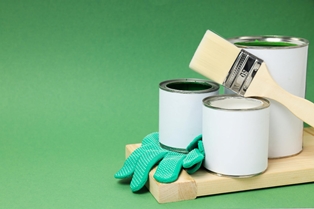


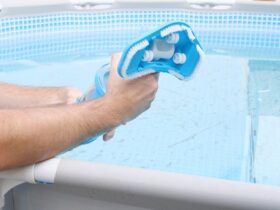

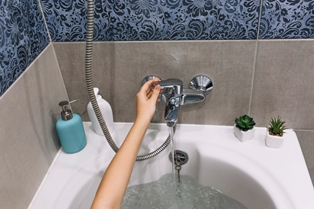
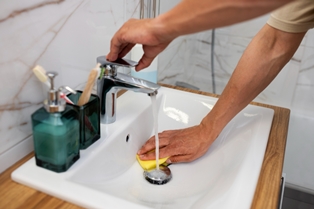
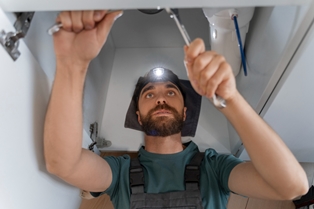
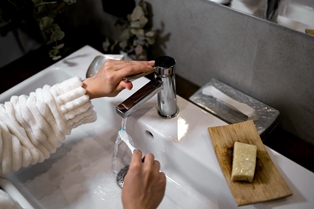
Find Us on Socials